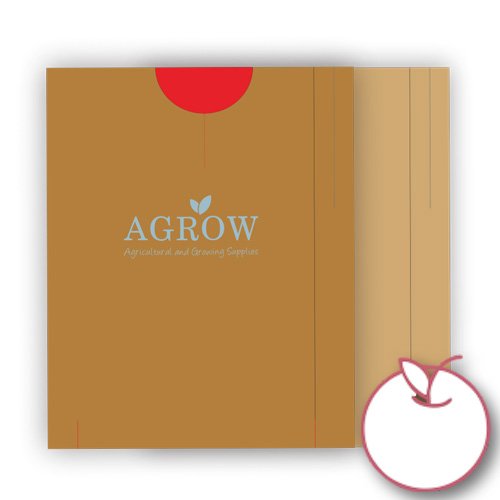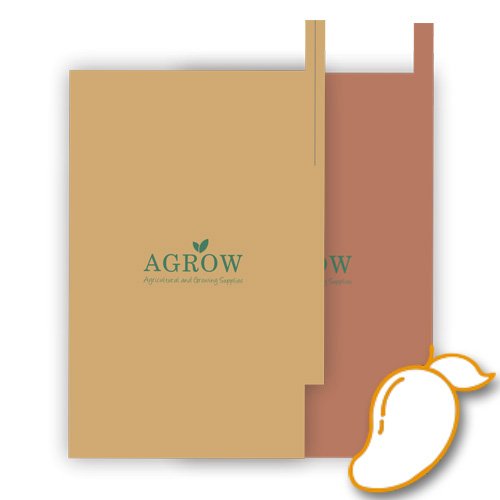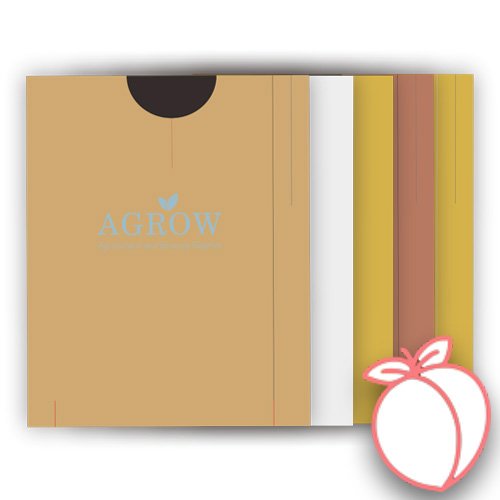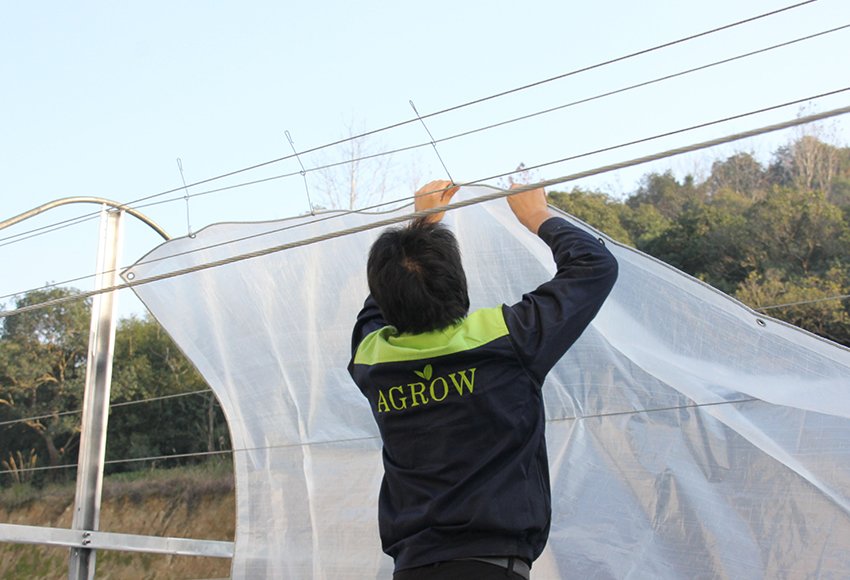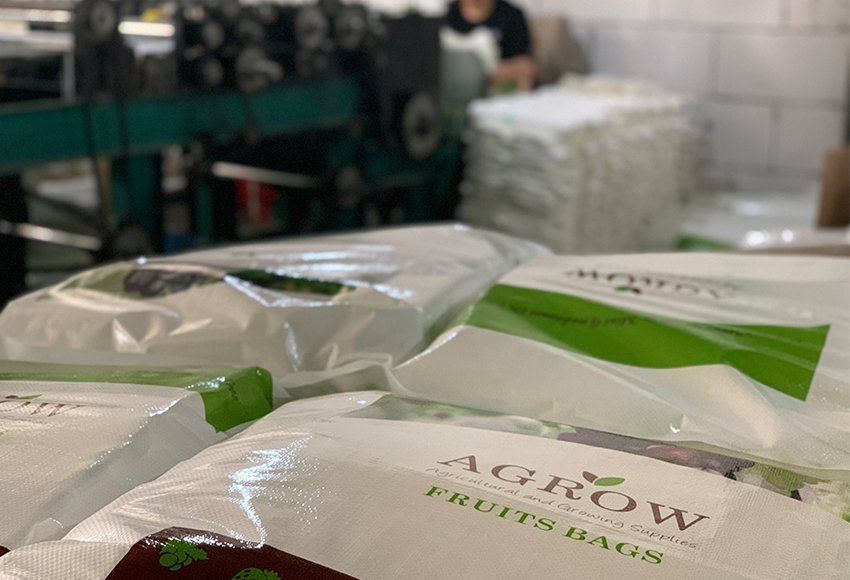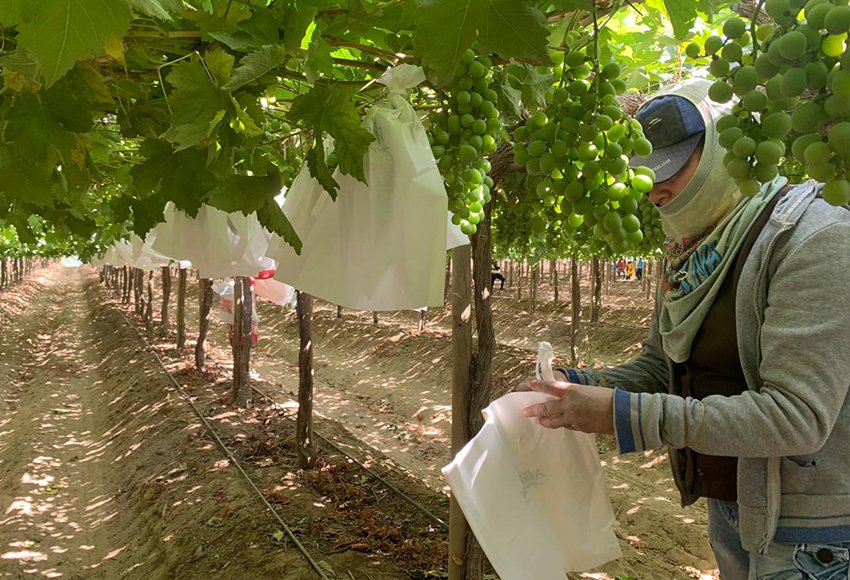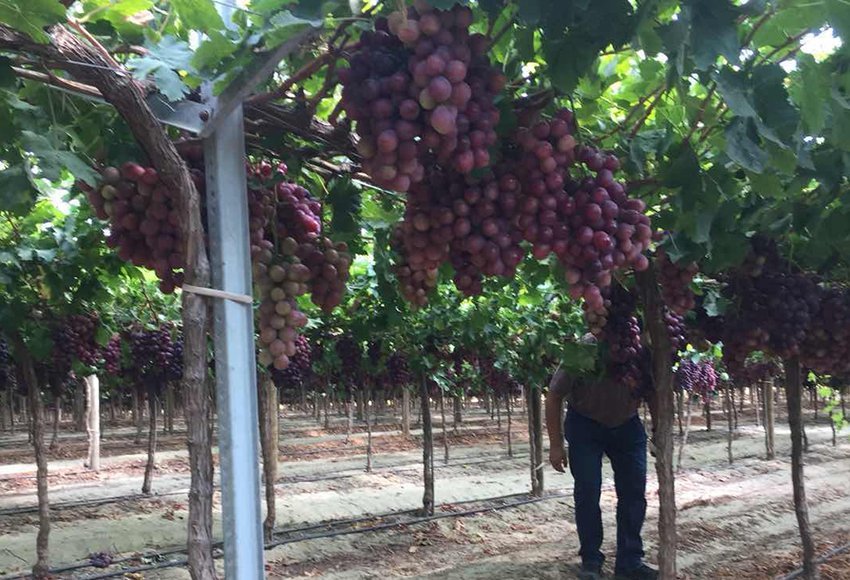How to store fruit/food during COVID-19?
During the epidemic, cooking at home for a long time has become the norm in order to minimize outings and gatherings. So how to store fruit/food scientifically and safely? In order to help consumers store food scientifically and safely, the Market Supervision Administration recently issued a tip on this topic. It is important to store food scientifically and in the proper amount. Fresh food and ingredients with short shelf life are not easy to store, so it is especially important not to purchase too much at one time.

Three key points of food storage
1.Storage temperature should be appropriate
Pre-packaged food purchased should be stored in accordance with the storage conditions and temperature specified on the label and consumed within the shelf life. Food raw materials should be stored at room temperature, ventilated, refrigerated (0-5C) or frozen (-18°C) according to their different characteristics and requirements. All cooked and perishable food should be refrigerated or frozen and consumed as soon as possible.
2.Separate raw and cooked food
Raw food and cooked food should be placed in special airtight containers or bags respectively. Avoid contact between raw and cooked food when stored in refrigerators. Frozen food should be used as far as possible in small independent packaging, to avoid repeated melting and freezing caused by deterioration.
3.Classification storage needs attention
Different types of food should be stored in different ways.
(1) Storage of staple food:
Rice and noodles should be stored in clean and dry containers and placed in a cool, ventilated and dry place indoors, avoiding high temperature and light.
Bread and other cooked staple food can be stored in the refrigerator, but if more than 2 days, should be divided into sealed and stored in the refrigerator.
Pastry can be kept in the refrigerator, but it is best to eat within 2 days.
Quick-frozen food should be stored in the freezer. If the food package is damaged or unsealed, it should be put into the food bag, and then put into the freezer to avoid food drying or fat oxidation.
(2) Storage of fruits and vegetables:
Try not to stock up on perishables, such as green leafy vegetables. Green leafy vegetables can be refrigerated and should be eaten within 3 days. Bean, eggplant, green pepper, radish and so on can be stored in the cold indoor place.
Citrus and bananas should not be refrigerated. They can be easily frostbitten. Store them indoors in a cool place. Mango, kiwi, etc. can be put in the refrigerator, but must be ripened after the line. Peaches, cherries, guava, pears, dragon fruit, etc. must be stored in the refrigerator for a long time. Apples, grapes, lemons and other fruits can be put in the refrigerator, but also in the indoor cool place, at the same time, should pay attention to inspection, timely pick out moldy and rotten, to avoid the expansion of pollution.
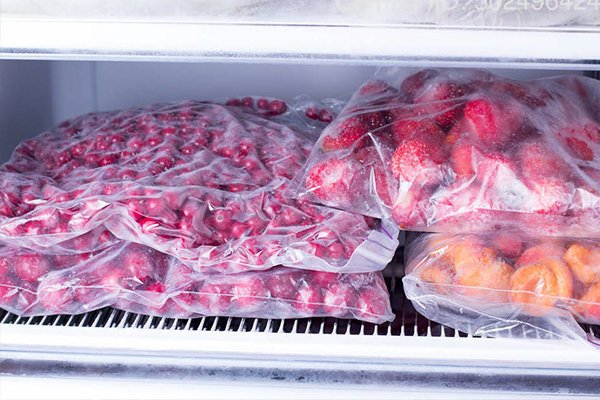
On the other hand, for orchard growers, outbreak protection in the orchard should also be done. In addition to basic pesticide spraying to protect fruit crops, fruit bagging is a very useful method. Reduce pesticide residues, reduce the transmission of germs. Is one of the most effective means of orchard protection.
(3) Storage of meat, eggs, milk, seafood and soy products:
 Raw meat, fish and shrimp, if eaten on the same day, can be stored in the refrigerator, if not all eaten on the same day, it is recommended to divide the meat and put it into a fresh bag and refrigerate it.
Raw meat, fish and shrimp, if eaten on the same day, can be stored in the refrigerator, if not all eaten on the same day, it is recommended to divide the meat and put it into a fresh bag and refrigerate it.
The shelf life of eggs is greatly affected by temperature. When the temperature is less than 15°C, the shelf life is about 30 days. When refrigerated, the shelf life can be up to 40-60 days.
Milk is divided into room temperature milk and low-temperature milk, room temperature milk can be stored at room temperature, low-temperature milk should be stored in the refrigerator freezer.
Soy products are prone to bacterial growth and can deteriorate if improperly stored. Tofu, soybean milk, natto and other fresh soybean products, should be put in the refrigerator cold storage. If the bean products are sour, tofu, dried bean surface slippery or no elasticity, that has deteriorated, can not be eaten.
